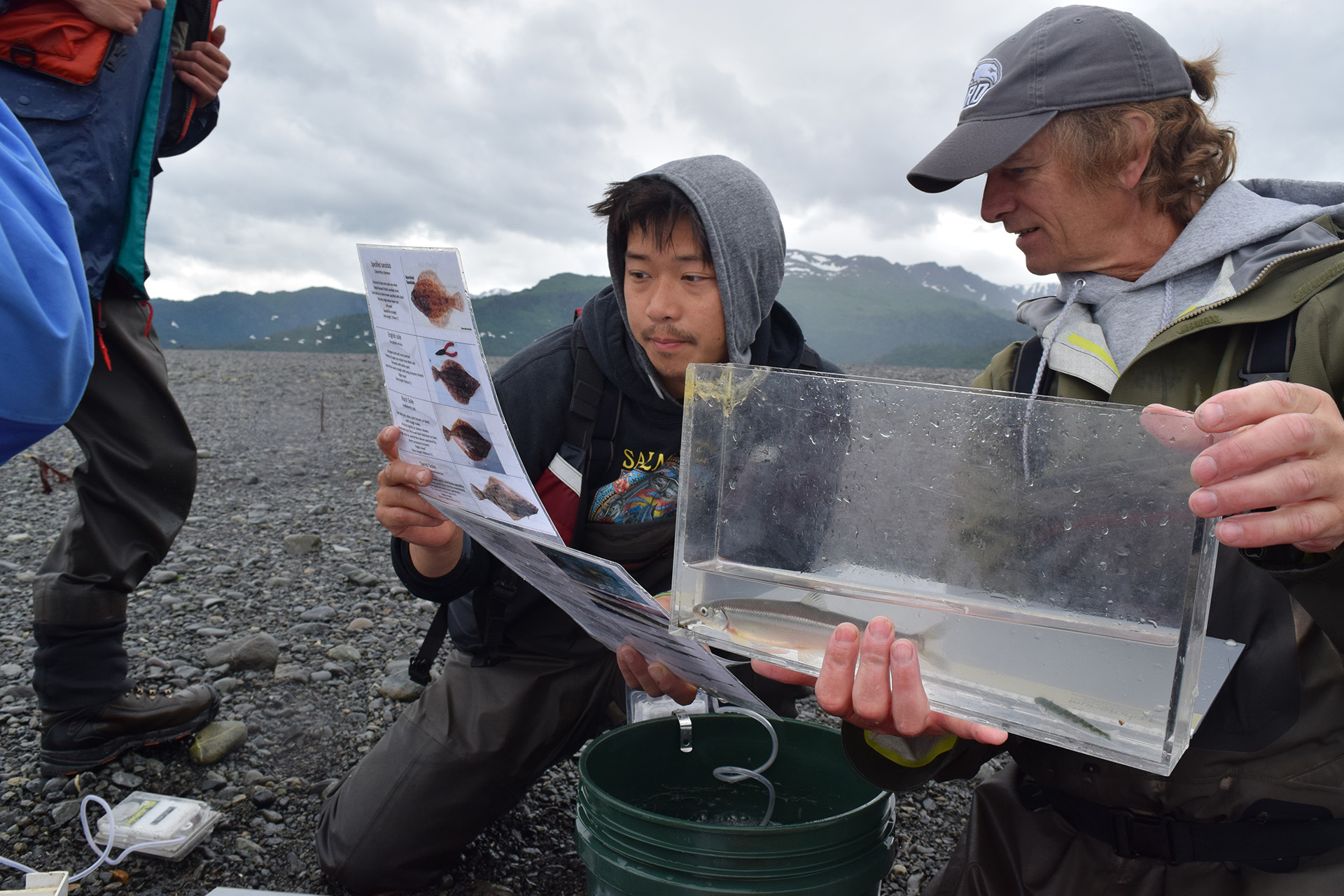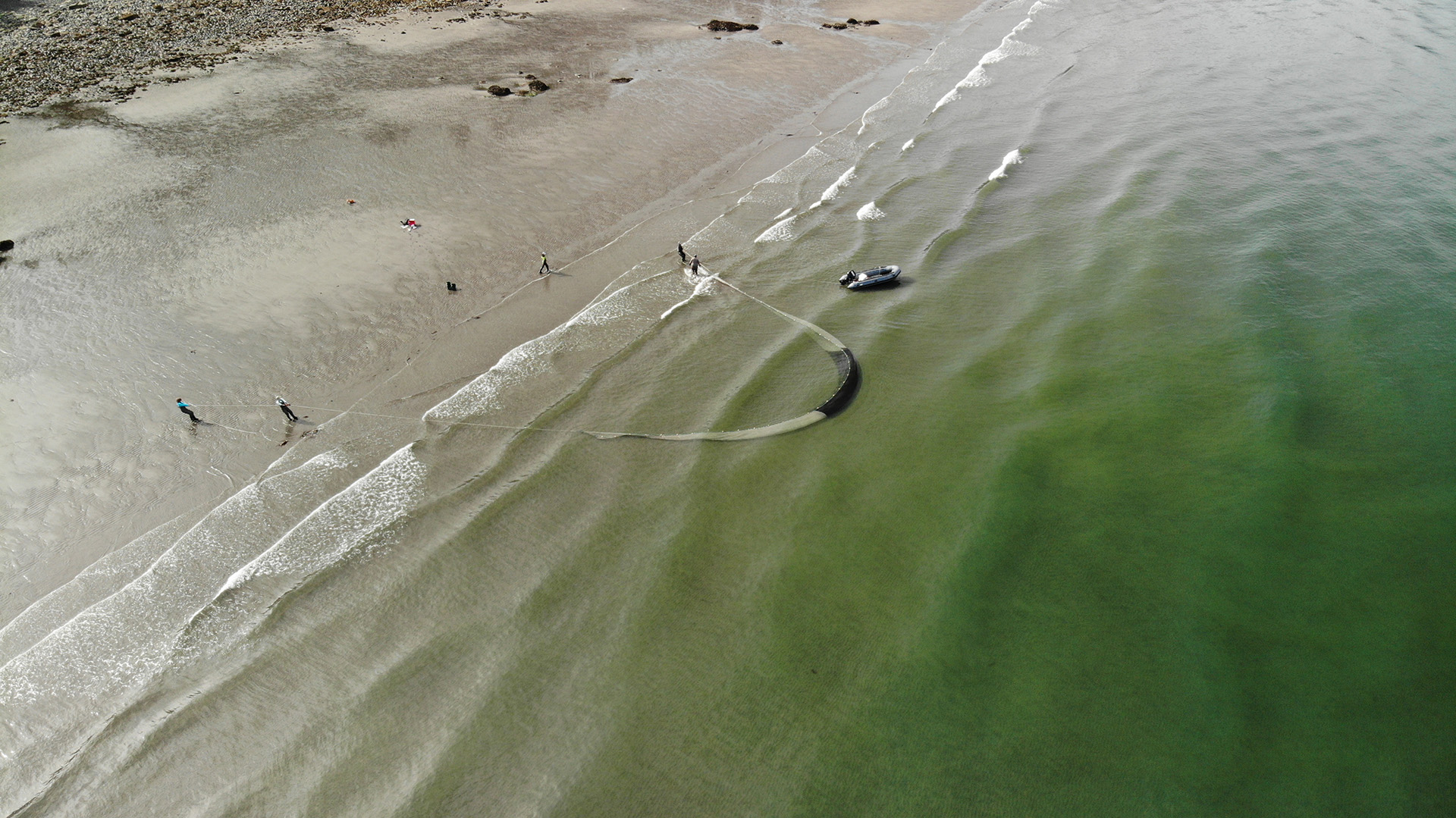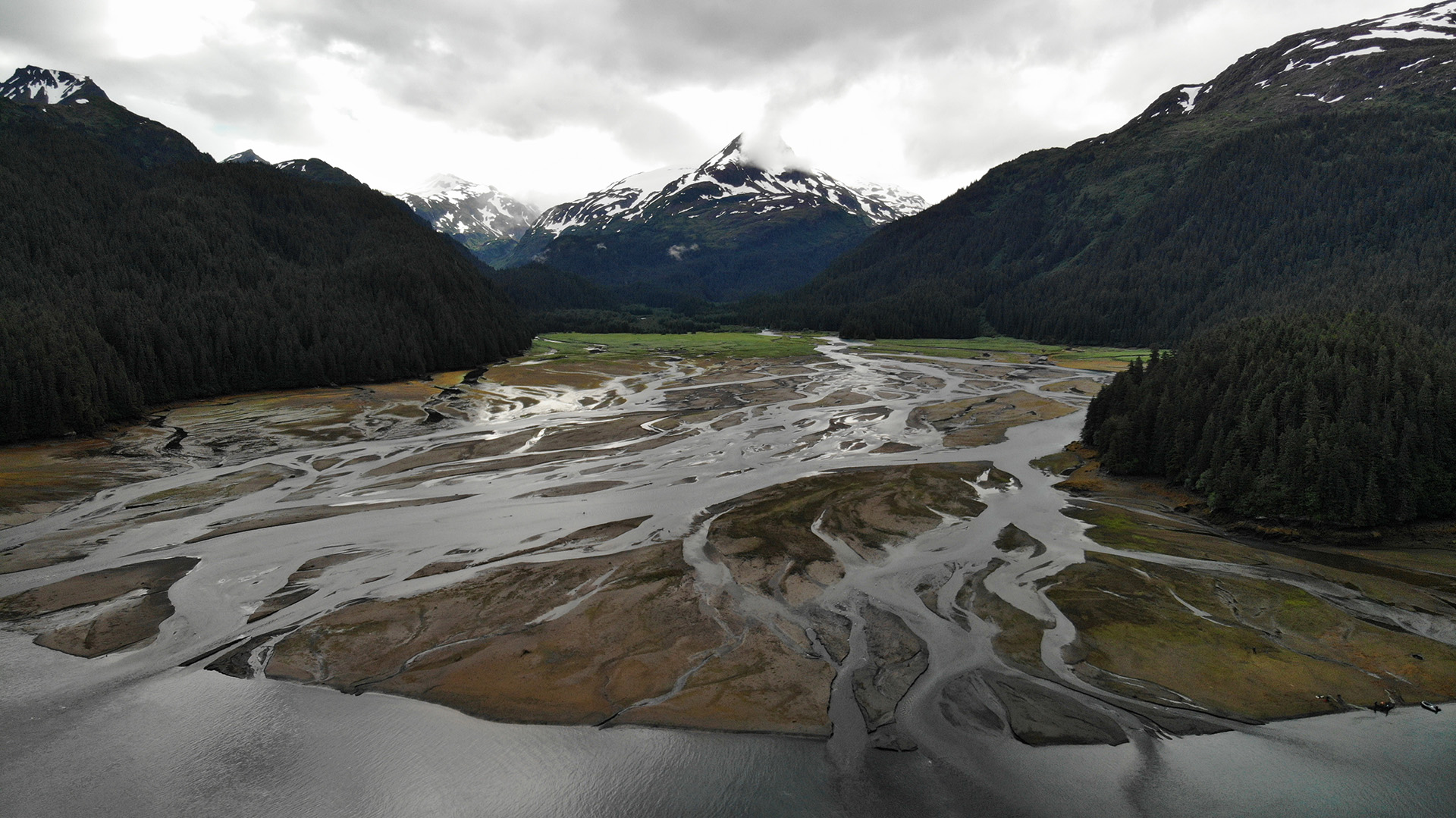
This project will facilitate collaboration among researchers, and knowledge sharing with community members, through hands-on demonstrations of the utility of environmental DNA to spark meaningful conversations and collaborations at the Kachemak Bay and He‘eia reserves.
Sub-arctic environments are experiencing swift physical and biological changes, including freshening from increased glacier and riverine runoff and increased temperatures from both longer-term global climate change and shorter-term heat waves. The northern Gulf of Alaska is part of the global phenomenon of species’ poleward movements as sub-Arctic habitat becomes increasingly suitable for more temperate species. Communities across this ecosystem already exhibit signs of range expansion, with some temperate species expanding into the northern Gulf of Alaska while other species in the northern Gulf of Alaska extend their ranges into colder waters. Understanding how sub-arctic regions are responding to climate change requires collaborative efforts to monitor the ecology of the northern Gulf of Alaska and surrounding areas.
This project addresses needs for knowledge sharing and inclusion of community members in regard to environmental DNA (eDNA) methodology. The team will employ a multifaceted approach that involves training graduate students and staff from KBNERR and University of Alaska Anchorage on the workflow of eDNA collection, organizing a workshop where eDNA researchers can share their projects, and providing community members with opportunities for active participation in eDNA collection. The community engagement phase of the project will be based on a successful collaborative eDNA workshop held at the He‘eia Reserve in 2022, which set a precedent for how to communicate eDNA technology to a diverse audience while engaging community members. Project outcomes include enhanced capacity to develop collaborative science based on eDNA techniques built on Kachemak Bay Reserve’s research program, integration of eDNA sample collection into long term monitoring programs, and development of curricula for undergraduates, teachers, and secondary educators.
About Environmental DNA
Advancements in DNA methods now make it possible to identify the organisms in an area by the DNA they leave behind. Environmental DNA (eDNA) comes from feces, gametes, scales, and cells that an organism sheds, and is easily collected from water and sediment samples. eDNA has proven to be a useful tool in filling in many of the gaps of species monitoring, particularly in high-latitude, remote environments such as Kachemak Bay, where study sites can be difficult to access during winter months. Additional benefits of leveraging eDNA include its ability to identify more cryptic species than traditional monitoring methods, low cost per sample, fast turnaround times, and its non-invasive nature.
Lauren Sutton (Kachemak Bay NERR/University of Alaska), Syverine Bentz (Kachemak Bay NERR/University of Alaska), and Debbie Tobin (Kenai Peninsula College/University of Alaska) give a short introduction to "Explorations, Demonstrations and Novel Applications for Environmental DNA in Kachemak Bay," a science transfer project funded in 2023 by the NERRS Science Collaborative.



